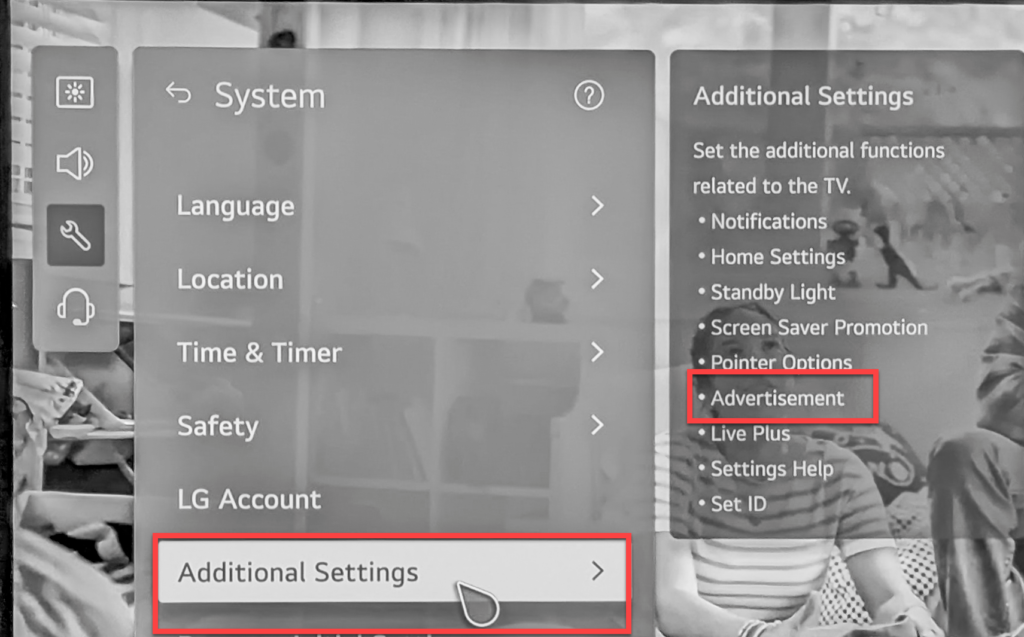
Where social media platforms serve as the primary arenas for discourse and debate, navigating the echo chamber has become a formidable challenge for thought leaders. To succeed, thought leaders and industry experts have to find creative ways to break through the echo chamber to foster meaningful connections and drive positive change.
Most communication professionals agree that it’s crucial to recognize the importance of authenticity, engagement, and innovation in standing out amidst the noise.
Understanding the Echo Chamber
The echo chamber phenomenon is characterized by the tendency of individuals to seek out and engage with information that aligns with their pre-existing beliefs while disregarding or dismissing contradictory viewpoints. As social media algorithms prioritize content based on audience preferences and past interactions, readers are often exposed to a narrow range of perspectives, creating an environment that reinforces existing biases and stifles diverse perspectives.
Fortunately, there are a few strategies thought leaders and industry experts can tap into.
Strategies for Thought Leaders
- Embrace Authenticity: In a digital landscape dominated by curated content and polished personas, authenticity is key. Thought leaders must strive to be real people with real opinions that represent their beliefs and values, sharing genuine insights and experiences that resonate with their audience.
- Diversify Your Content: To combat the echo chamber effect, thought leaders should diversify their content and engage with a wide range of perspectives. By sharing content that challenges assumptions and sparks dialogue, thought leaders can foster a more inclusive and dynamic online community.
- Foster Meaningful Connections: Thought leaders should prioritize building meaningful connections with their audience, rather than focusing solely on metrics like likes and shares. By actively engaging with followers, responding to comments, and participating in discussions, thought leaders can create a sense of community and trust.
- Lead by Example: Thought leaders have the power to shape the narrative and influence the discourse on social media. By leading by example and promoting civility, respect, and open-mindedness, thought leaders can set the tone for constructive dialogue and bridge divides within the echo chamber.
The Canright Approach
At Canright Communications, we understand the power of genuine content. That’s why we’ve taken a more personal approach to our calendar emails, ditching generic photos for original images. By infusing our updates with our love of photography, we aim to foster a stronger connection with our audience and add a human touch to our communications.
For example, we’re working on a social media project for Christina Canright’s new coaching business. One of the main goals is to boost her brand awareness. As a coach, Christina wanted to avoid overtly selling her services on social media. Instead, she opted to weave inspirational quotes with personal anecdotes. By sharing stories about why each quote resonates with her, Christina is finding a genuine connection with her audience.
When it comes to thought leadership, we prioritize substance over generic content aimed at just getting clicks and likes. Rather than tailoring our content for popularity, we focus on delivering valuable insights derived from real-world experiences. Our thought leadership pieces stem from the genuine work we’ve done with clients, offering practical solutions to complex challenges.
Breaking out of the echo chamber requires thought leaders to embrace authenticity, creativity, and a genuine commitment to making a difference. By sharing personal stories, infusing content with personality, and prioritizing substance over so-called vanity metrics, we can break through the noise and create meaningful connections in the age of social media.
To learn more about our services, contact us at collin@canrightcommunications.com.





